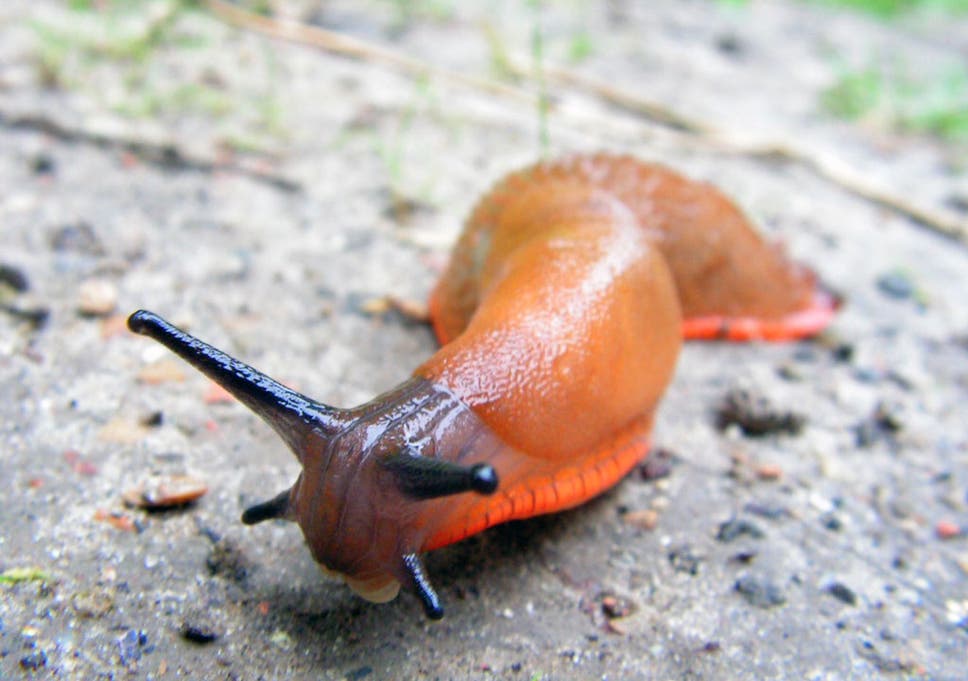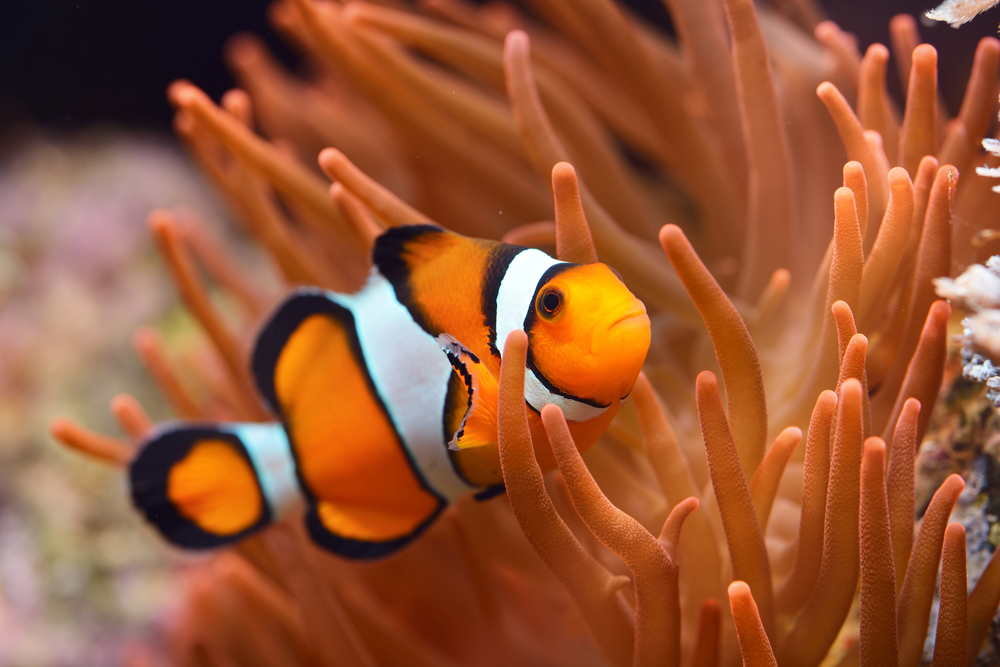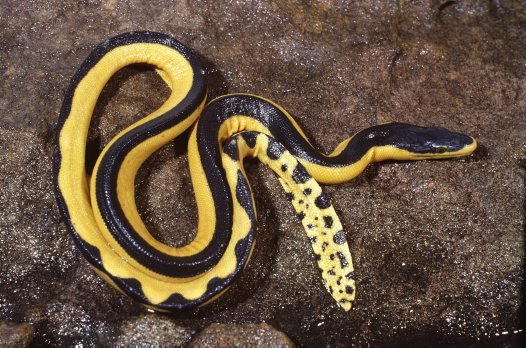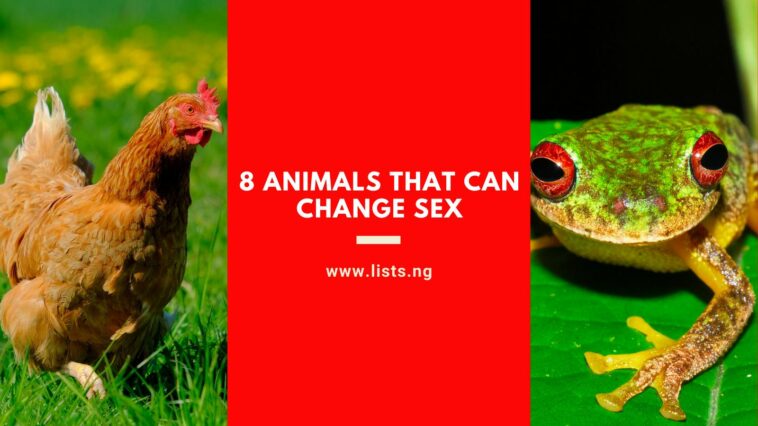Sex change is a process by which a person or animal changes sexual characteristics either from male to female or vice versa. In humans, this usually occurs through sex reassignment therapy or sex reassignment surgery. For other species, sex change occurs naturally, usually through sequential hermaphroditism.
Sex changes in animals occur for various reasons, ranging from weather to reproduction and even environment. Some animal species are even known to move back and forth between sex as the condition demands.
Below are 8 animals that can change sex
1. Slugs

Slug, or land slug, are shell-less terrestrial creatures from the gastropod mollusk family. The majority of land slugs are simultaneous hermaphrodites, meaning they possess both male and female reproductive organs that are functional at the same time. Some species regularly self-fertilize and two mature slugs can mate and both parties can become pregnant.
2. Frogs
Research and observation have revealed that west African frogs may change sex from female to male. This change often occurs in polluted suburban ponds and is believed to be caused by Spesticide atrazine. The chemical suppresses the production of the male frog’s sex hormone, testosterone, while increasing estrogen, the female sex hormone.
3. Butterflies

A gynandromorph is an organism that contains both male and female characteristics, and butterflies are known to have this. This doesn’t make them hermaphrodites because they are simply half of each sex. This condition is considered to be a genetic condition and occurs in the early stages of cell division. For butterflies, gynandromorph is characterized by striking difference in wing colours.
4. Fishes

Nearly 500 fish species can naturally undergo sex changes if circumstances call for it. All clown fish are born, so in order to ensure reproduction, the most dominant male in the group changes sex and when she dies, the cycle repeats itself. For other fish species, sex change occurs in order to find mate and transformation can occur in the space of hours.
5. Corals
Corals are marine invertebrates within the class Anthozoa of the phylum Cnidaria. Corals are often mistaken for plants but are actually animals. Star coral are known to be hermaphrodites while others like the mushroom corals are capable of repetitive sex change in both directions.
6. Snakes

Snakes are known to have asexual reproduction, especially as a resort, usually in captivity. This process is scientifically known as parthenogenesis and while how it works still remains a mystery, scientists have posited that one of the egg cells behave like a sperm and fertilizes other eggs.
7. Bearded Dragons

Bearded dragons rely on both sex chromosomes and environmental temperatures experienced during embryonic development to determine sex. At normal temperatures, their chromosomes determine which sex they are. However, when temperatures get high, Dragons with male chromosomes undergo sex reversal and develop as females.
8. Chickens
:max_bytes(150000):strip_icc()/__opt__aboutcom__coeus__resources__content_migration__mnn__images__2020__03__rhode-island-hen-7f9b1b93dba8401999c52f85096fbe6c.jpg)
Chickens can sometimes undergo natural sex changes. Although two sex organs are present during the embryonic stages of all birds, once a chicken’s female hormones come into effect, it typically develops only the left ovary. The right gonad, which has yet to be defined as an ovary, testes, or both (called an ovotestis), typically remains dormant. Certain medical conditions can cause a chicken’s left ovary to regress. In the absence of a functional left ovary, the dormant right sex organ may begin to grow, if the activated right gonad is an ovotestis or testes, it will begin secreting androgens. The hen does not completely change into a rooster, however. This transition is limited to making the bird phenotypically male.






